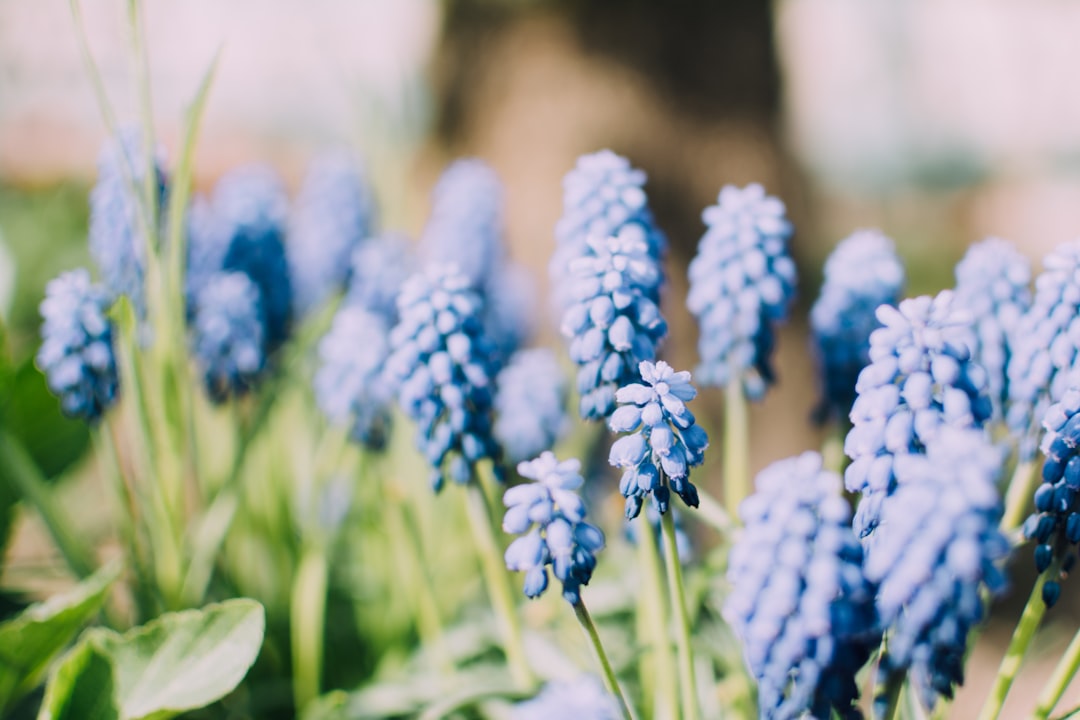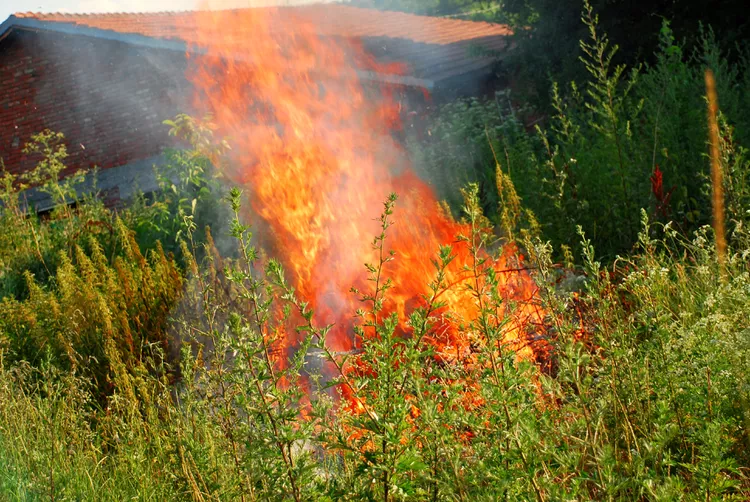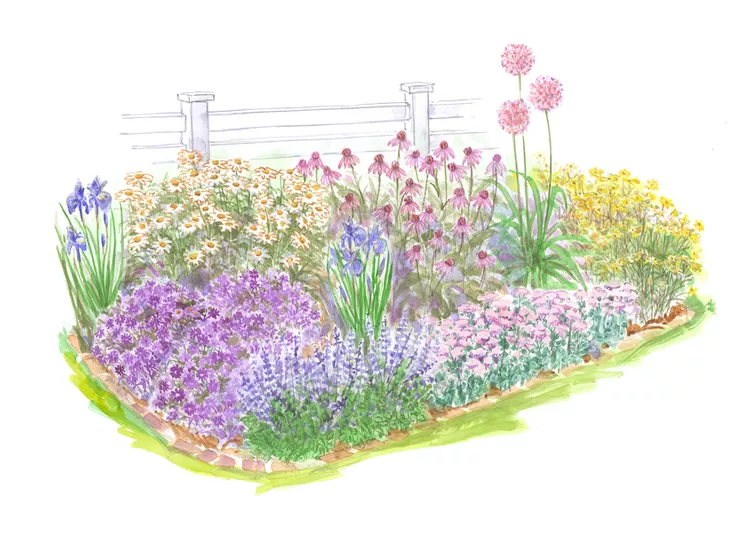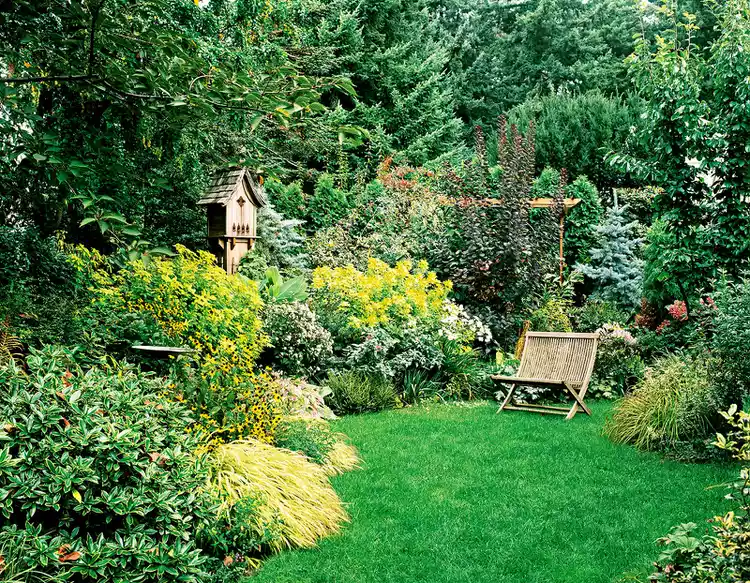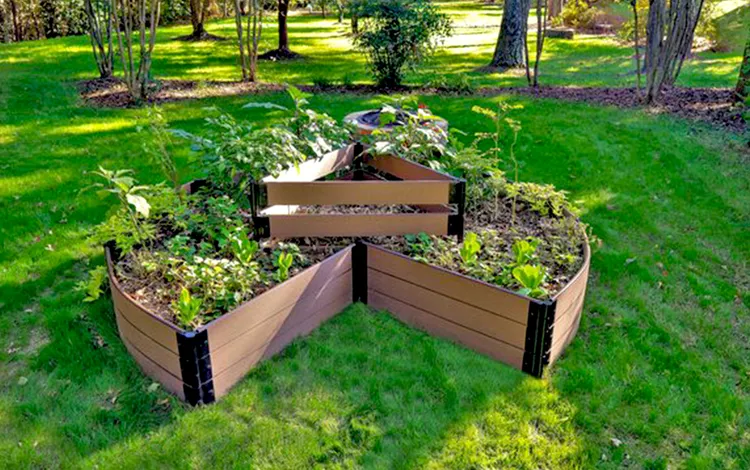Did you ever take a stroll through your yard and look at those so - called “weeds” with disdain? Well, it might surprise you to learn that some of these pesky invaders are actually edible and can add a unique flavor to your meals. In the world of edible gardening, these often - overlooked plants can be a goldmine of nutrition and taste.
Let's start with dandelions. These bright yellow - flowered plants are everywhere, from your front lawn to the edges of the sidewalk. The entire dandelion plant is edible. The leaves, when young, are tender and can be added to salads for a slightly bitter, yet refreshing taste. They are rich in vitamins A, C, and K, as well as minerals like calcium and iron. You can also cook the leaves like spinach. The flowers can be used to make dandelion wine or infused into honey for a floral - flavored sweetener. Even the roots can be roasted and ground to make a coffee substitute.
Another common weed that is edible is purslane. This succulent - like plant has thick, fleshy leaves and stems. Purslane is a great source of omega - 3 fatty acids, which are usually found in fish. It has a mild, slightly tangy flavor that makes it a wonderful addition to salads. You can also stir - fry purslane with garlic and olive oil for a simple and healthy side dish. It's a hardy plant that can thrive in poor soil conditions, so it's likely to be growing in your yard without much effort on your part.
Chickweed is yet another edible weed that you might find in your garden. It has small, star - shaped white flowers and soft, delicate leaves. Chickweed has a fresh, grassy flavor and can be eaten raw in salads or used as a garnish. It's also a good source of vitamins and minerals, including vitamin C and magnesium. You can even make a chickweed pesto by blending the leaves with nuts, cheese, and olive oil.
Plantain is a well - known weed that has long, oval - shaped leaves. There are two main types: broadleaf plantain and narrowleaf plantain. Both are edible. The leaves can be eaten raw when they are young and tender, but as they get older, they become tougher and are better cooked. Plantain leaves are rich in antioxidants and have anti - inflammatory properties. You can sauté them with onions and mushrooms or add them to soups and stews.
Wild mustard is a weed that can grow quite tall and has bright yellow flowers. The leaves, flowers, and seeds of wild mustard are all edible. The young leaves have a spicy, peppery flavor similar to arugula and can be used in salads. The flowers can be added to salads for a pop of color and a mild mustardy taste. The seeds can be ground into a homemade mustard. However, be careful when foraging for wild mustard, as it can sometimes be confused with other plants, some of which may be toxic.
When it comes to incorporating these edible weeds into your diet, it's important to take some precautions. First, make sure you correctly identify the weeds. There are many look - alike plants, and some can be poisonous. You can use field guides or consult with local gardening experts to ensure you're picking the right plants. Second, avoid picking weeds from areas that have been treated with pesticides or herbicides. This includes roadsides and areas near industrial sites.
Edible gardening with these weeds not only adds variety to your diet but also has environmental benefits. By using these plants, you're reducing the need to use chemical herbicides to get rid of them. You're also making the most of the natural resources in your yard. So, the next time you see a “weed” in your garden, take a closer look. It might just be a delicious and nutritious addition to your next meal.
In conclusion, the world of edible gardening extends far beyond the traditional vegetables and herbs we plant in our gardens. These edible weeds offer a unique opportunity to explore new flavors, boost our health, and connect with nature in a more meaningful way. Whether you're a seasoned gardener or just starting out, give these weeds a chance and see how they can transform your culinary experiences.






